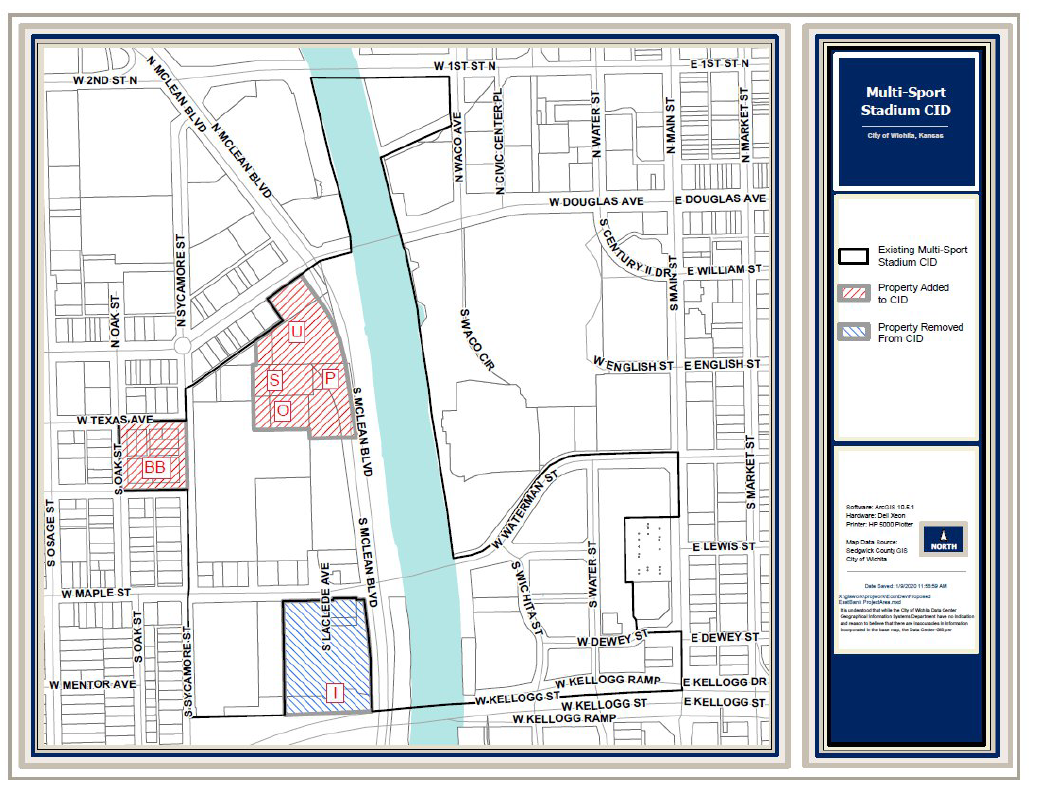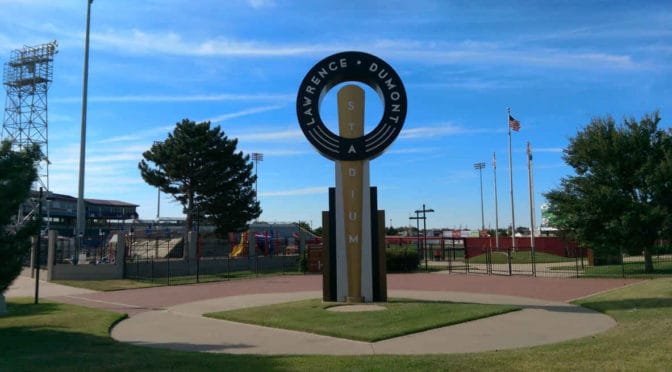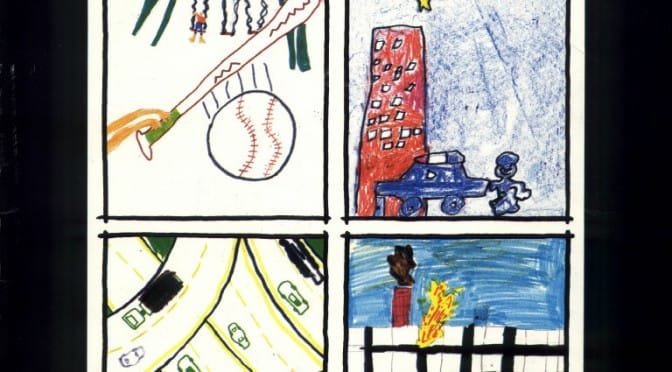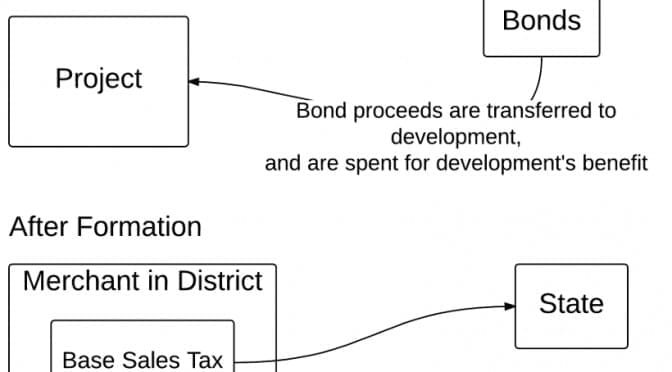Tag: STAR bonds
-

Wichita taxing district to expand
The City of Wichita plans to expand a special tax district.
-

Wichita considers a new stadium
The City of Wichita plans subsidized development of a sports facility as an economic driver. Originally published in July 2017.
-

From Pachyderm: Economic development incentives
A look at some of the large economic development programs in Wichita and Kansas.
-

In Wichita, spending semi-secret
The Wichita City Council authorized the spending of a lot of money without discussion.
-

In Wichita, new stadium to be considered
The City of Wichita plans subsidized development of a sports facility as an economic driver.
-

On Wichita’s STAR bond promise, we’ve heard it before
Are the City of Wichita’s projections regarding subsidized development as an economic driver believable?
-

Kansas economic development programs
Explaining common economic development programs in Kansas.
-

In Wichita, an incomplete economic development analysis
The Wichita City Council will consider an economic development incentive based on an analysis that is nowhere near complete.
-

In Wichita, benefitting from your sales taxes, but not paying their own
A Wichita real estate development benefits from the sales taxes you pay, but doesn’t want to pay themselves.